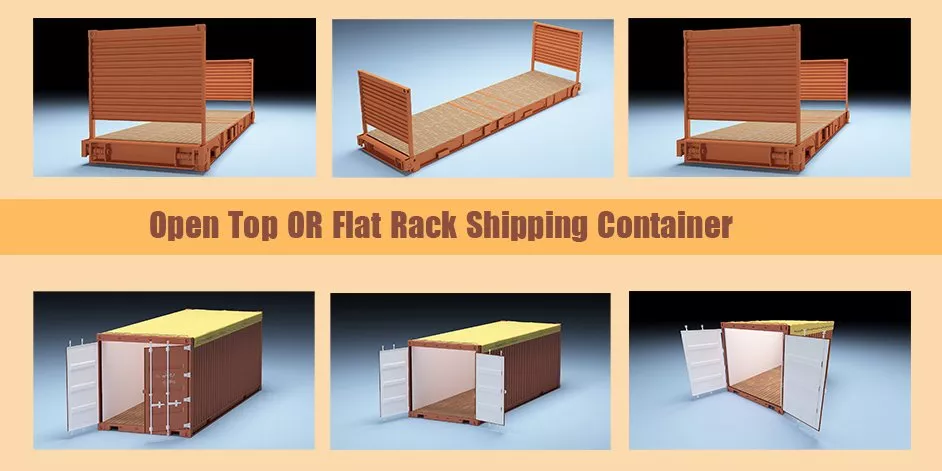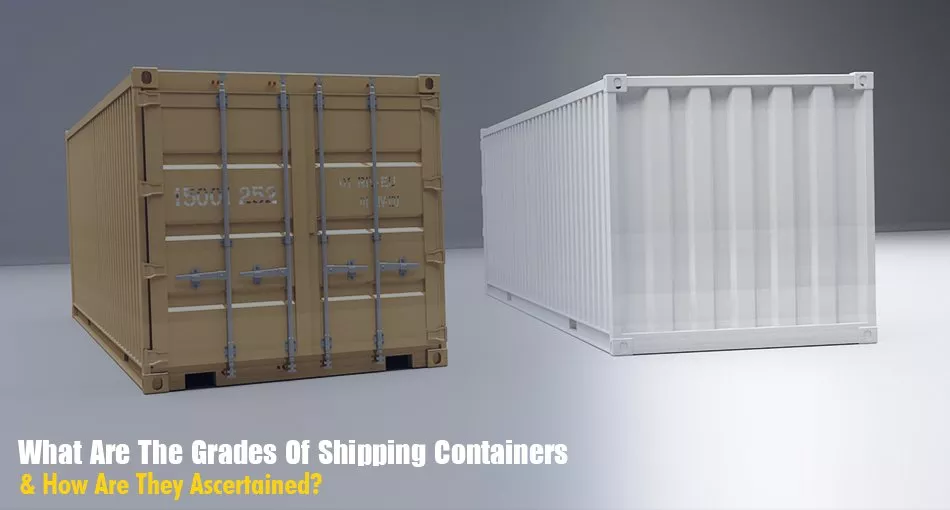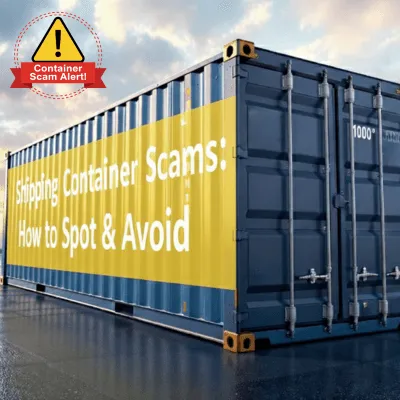Looking for shipping container prices in the Philippines? Get top deals [2024]
![Looking for shipping container prices in the Philippines? Get top deals [2024] - image №29](https://pelicancontainers.com/wp-content/uploads/2022/08/1659647944410_.jpg.webp)
Shipping container rates in the Philippines are now extremely reasonable since there is a surplus of boxes available. Because of this, it is a great time to purchase or rent containers in the Philippines. In this article, we’ll share the latest shipping container prices in the Philippines and guide you on how to find the costs that fit your budget.

Factors Influencing Shipping Container Prices in the Philippines
In the Philippines, some dynamic variables affect the cost of shipping containers. Prices react quickly to changes in the supply and demand. The oversupply of containers, which occurs when exports are decreased or returns are increased, causes prices to fall. In contrast, costs rise during strong economic periods or peak seasons due to increased demand.
Seavan container pricing is also very sensitive to macroeconomic factors. There is usually an excess of containers during economic downturns, which causes costs to drop. But when economies are doing well, trade activity rises, and prices follow suit as a result of increasing demand.
The value of the Philippine peso relative to the US dollar impacts container pricing since the costs are generally expressed in US dollars. A strong peso makes purchasing containers cheaper, whereas a weaker peso increases the costs of importing a shipping container to the Philippines from the USA, for example.
Shipping sector developments, such as a move towards environmentally friendly methods or technological advancements in cargo shipping to the Philippines, may also impact rates. There’s usually a price and demand spike for more modern, eco-friendly, or technologically advanced containers.
The price of a container van is highly dependent on its condition and age. New containers are pricier due to their condition and longevity, but well-maintained used containers still provide tremendous value at reduced pricing.
Lastly, it’s possible for pricing to change depending on the season. The demand and prices tend to spike during busy periods, such as the holidays, and then level off or even decline afterward.
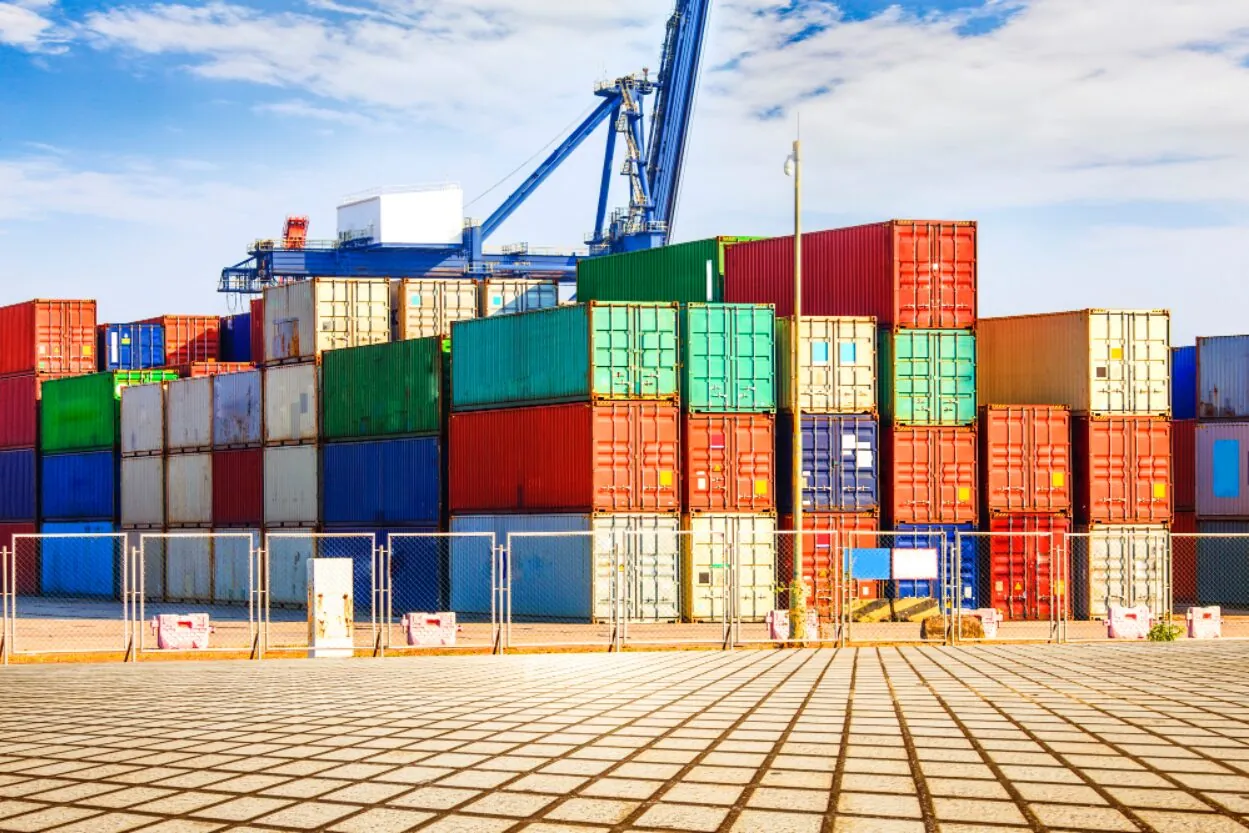
Types of Shipping Containers Available in the Philippines
Various sea vans are available in the Philippines:
- Standard dry containers. Enclosed and resistant to the elements, standard dry containers are the most popular seavan container kind used globally. These containers are ideal for storing a variety of dry products, including electronics and textiles, and are available in 20-foot and 40-foot sizes.
- Refrigerated containers. Refrigerated containers, sometimes called “reefers,” are necessary for the transportation of commodities that need precise temperature control (food, medications, etc.). They can keep perishable products fresh for long-distance cargo shipping to the Philippines because of their built-in cooling system.
- Open-top containers. Open-top containers are designed for cargo that cannot easily fit through standard doors, such as machinery or oversized equipment. The top of these containers may be removed, enabling a crane to load the contents from above.
- Flat rack containers. The adaptability and durability of flat rack containers are ideal for transporting big or heavy goods. These containers make it easy to load and unload automobiles or big industrial equipment that can be moved or lifted onto the platform thanks to their foldable edges.
- Tunnel containers. The dual-door design of tunnel containers allows for more versatile loading and unloading. Any time you need to get to the cargo quickly from either side, they come in handy.
- Open side containers. Open-side sea vans have doors along the entire length of one side, providing full-side access to the cargo. When loading equipment or construction supplies that need to be moved side to side or have limited space for maneuvering, this capability comes in handy.
- High cube containers. With an additional foot of height, high cube containers provide more vertical area than standard dry containers. When more room for storage is required or when moving heavy objects is a concern, they are perfect.
The wide selection of shipping containers in the Philippines can accommodate different logistical demands, including the transportation of perishable commodities, large equipment, and more.
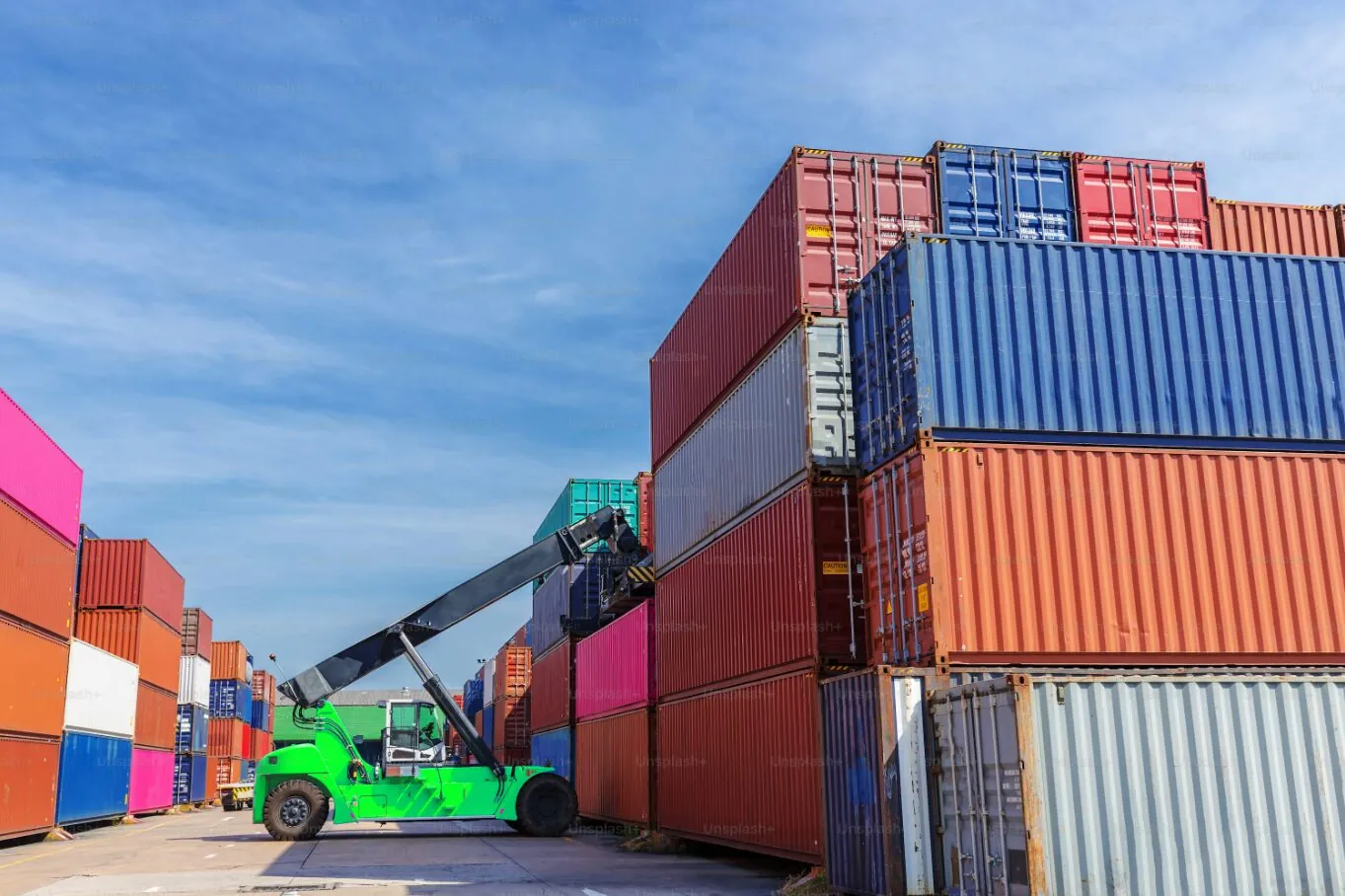
Comparing New and Used Shipping Container Costs
One of the most important things to consider when buying a van in the Philippines is the condition you need. A new container is a good choice if you want to use it for a long time since it usually lasts for around fifteen to twenty years. However, a new 20-foot container may cost anywhere from $2,000 to $3,000, so be ready to spend extra.
In terms of cost, cargo-worthy containers are a fantastic option. They are more cost-effective and well-suited for transporting cargo. Approximately $2,000 will get you a 40-foot shipping container in the Philippines.
Refrigerated Container Prices in the Philippines
For the safe transportation of commodities with a high-temperature sensitivity, refrigerated containers, sometimes known as “reefers,” are indispensable. In the Philippines, some variables influence the price of this container van, such as:
- Size. Larger containers usually cost more than smaller ones because of the advantages in storage space and efficiency that come with the former.
- Condition. Due to their extended lifespans (about 15-20 years), used reefers tend to be more costly. Used containers, while more affordable, may require more maintenance and have a shorter remaining operational life.
- Market demand. Agricultural peak seasons and periods of high export of perishable goods may cause prices to rise as a result of demand.
New refrigerated containers cost between $8,000 and $10,000 for a 20-foot container and $12,000 to $15,000 for a 40-foot one. Used containers are far more affordable. You may pay anything from $4,000 to $6,000 for a secondhand 20-foot reefer and $7,000 to $9,000 for a 40-footer.
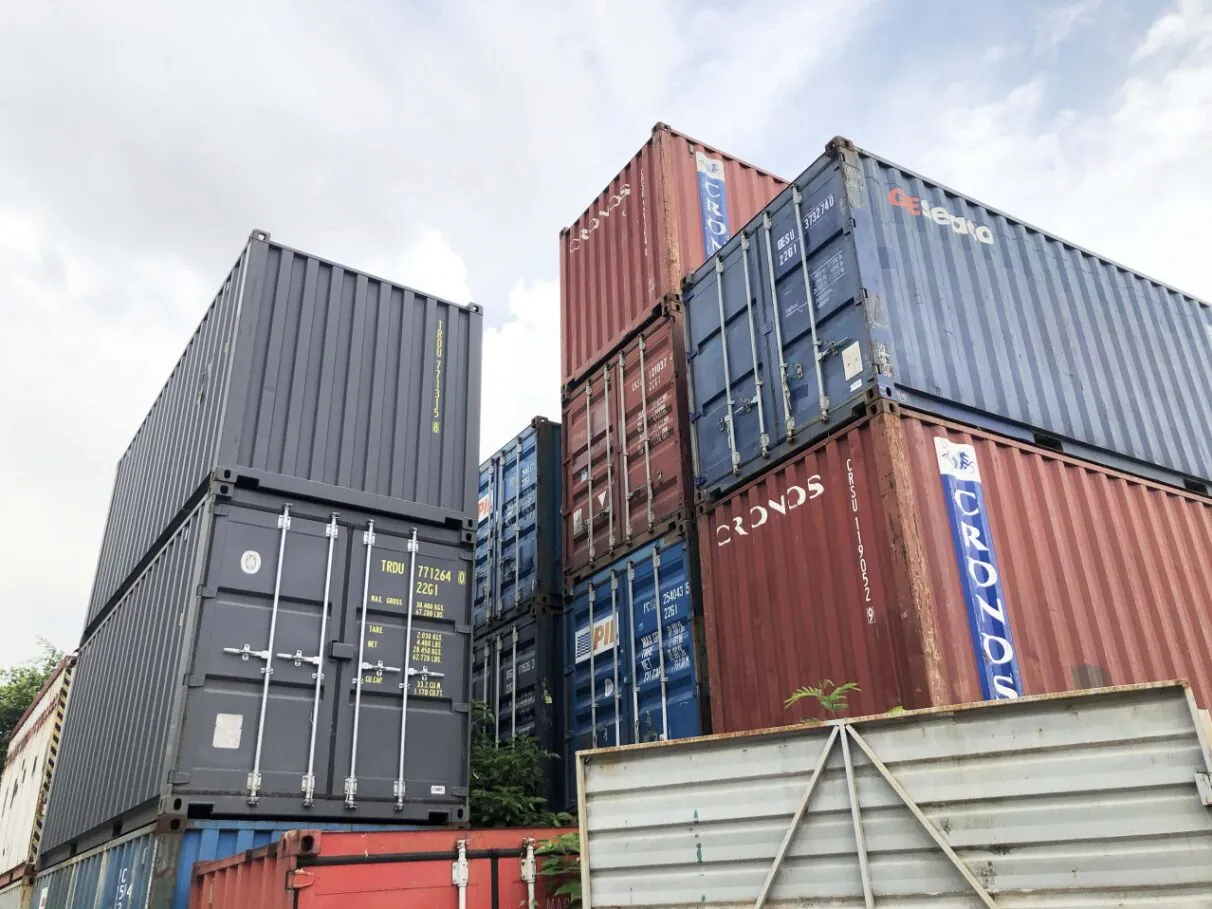
Regional Price Variations for Shipping Containers
Depending on your location in the Philippines, you may get shipping containers at wildly different costs. Better discounts are often found in areas near large ports, such as Metro Manila, because of the quicker access and increased availability. However, due to the logistical problems of moving containers to more distant areas or islands, these locations generally incur greater pricing.
The cost is increased when containers are moved from ports to locations that are further away or more difficult to access. Prices are lower in urban areas with adequate infrastructure and higher in places that need complex methods of cargo shipping to the Philippines.
Shipping container demand varies with regional market conditions. Due to heightened demand for particular kinds of containers, such as refrigerated units, prices in regions with active export or agriculture industries usually rise.
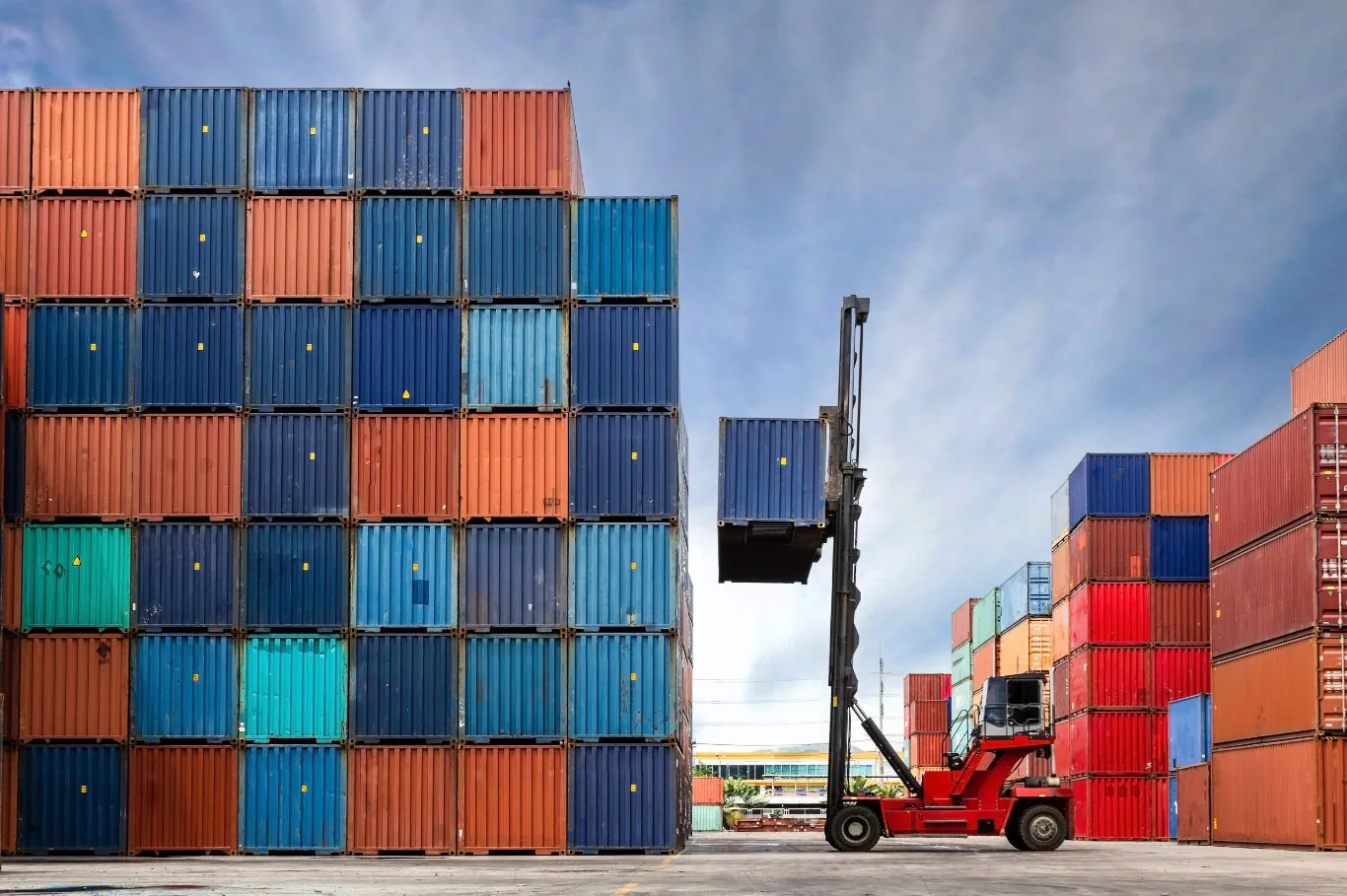
Top Ways to Secure the Best Deals on Containers
To get the cheapest van in the Philippines, you may use a few tactics:
- Buy in bulk. Suppliers are often willing to offer discounts for larger orders, reducing the price per unit.
- Negotiate with suppliers. Many sellers are open to discussions about price, especially if they know you’re a serious buyer.
- Consider used containers. Despite the inevitable signs of usage, most pre-owned containers are still perfectly suitable for their intended use, for example, for transporting a shipping container to the Philippines from the USA.
- Timing is everything. The container sector has ups and downs similar to other markets. When demand is low, or during a lull, you may usually find better discounts and a more affordable cost of shipping containers from the USA to the Philippines.
- Explore different suppliers. Seek different vendors since they may provide unique sales and promotions that others don’t.
- Leverage online platforms. Shopping for a container van in the Philippines on online marketplaces may help you get the best deal since they usually compile prices from several vendors.
Also, you may consider leasing. If your container demands are likely to evolve, this solution will help you save money in the long term.
Vanessa is a dedicated writer and content enthusiast at Pelican Containers. With a background in practical writing and a keen eye for clarity, she transforms complex container topics into easy-to-understand and useful content. Her passion lies in exploring the evolving world of container usage — from smart storage hacks to global logistics trends.
When she's not writing, Vanessa loves discovering creative shipping container projects or traveling to find new inspiration.
Explore thoughtful, informative, and accessible content with Vanessa!
Vanessa is a dedicated writer and content enthusiast at Pelican Containers. With a background in practical writing and a keen eye for clarity, she transforms complex container topics into easy-to-understand and useful content. Her passion lies in exploring the evolving world of container usage — from smart storage hacks to global logistics trends.
When she's not writing, Vanessa loves discovering creative shipping container projects or traveling to find new inspiration.
Explore thoughtful, informative, and accessible content with Vanessa!
FAQ
What factors affect shipping container prices in the Philippines?
Some of the variables that affect the price of shipping containers in the Philippines include the country’s location, the cost of transportation, local demand, and the overall economic climate.
What types of shipping containers are available in the Philippines?
The Philippines is a great place to get all kinds of shipping containers, from ordinary dry containers to reefers, open tops, flat racks, and more.
How do new and used container prices compare in the Philippines?
The great condition and expected lifespan of new shipping containers drive up their price compared to their used counterparts. However, while used containers may have some visible signs of wear, they are still fully operational and may save you a lot of money.
What are the projected trends for shipping container prices in the Philippines in 2024?
The need for cargo shipping to the Philippines, particularly in rapidly industrializing areas, is likely to rise as the dynamics of international commerce change. Additionally, costs may be stabilized or even reduced in certain places as a result of improvements to transportation and infrastructure.
![1K8PQC2 Looking for shipping container prices in the Philippines? Get top deals [2024] - image №41](https://pelicancontainers.com/wp-content/uploads/2025/07/1K8PQC2.jpg)
![1C8NJLS Looking for shipping container prices in the Philippines? Get top deals [2024] - image №42](https://pelicancontainers.com/wp-content/uploads/2025/05/1C8NJLS.jpg)
![1A8EPFJ Looking for shipping container prices in the Philippines? Get top deals [2024] - image №43](https://pelicancontainers.com/wp-content/uploads/2025/04/1A8EPFJ.jpg)
![1A7MCKH Looking for shipping container prices in the Philippines? Get top deals [2024] - image №44](https://pelicancontainers.com/wp-content/uploads/2025/04/1A7MCKH.jpg)
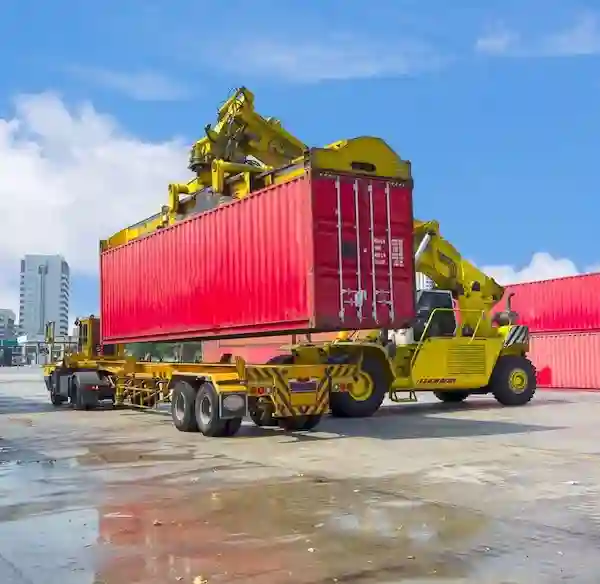
![N7X0YZ Looking for shipping container prices in the Philippines? Get top deals [2024] - image №46](https://pelicancontainers.com/wp-content/uploads/2024/11/N7X0YZ.jpg.webp)
![15 Looking for shipping container prices in the Philippines? Get top deals [2024] - image №47](https://pelicancontainers.com/wp-content/uploads/2024/06/15-2048x905.jpg.webp)
![Looking for shipping container prices in the Philippines? Get top deals [2024] - image №48](https://pelicancontainers.com/wp-content/uploads/2022/12/shutterstock_1715664928-2048x1151.jpeg.webp)
